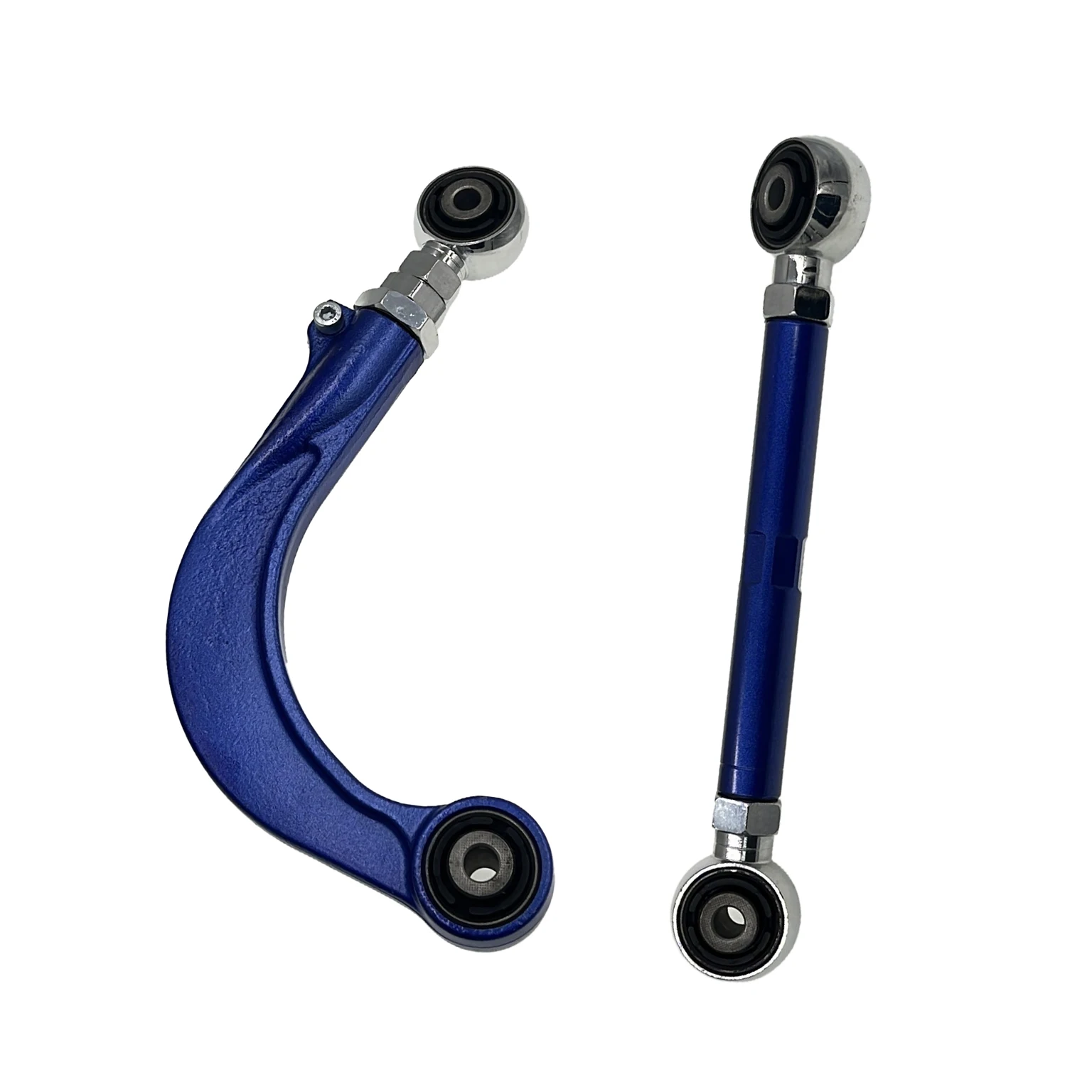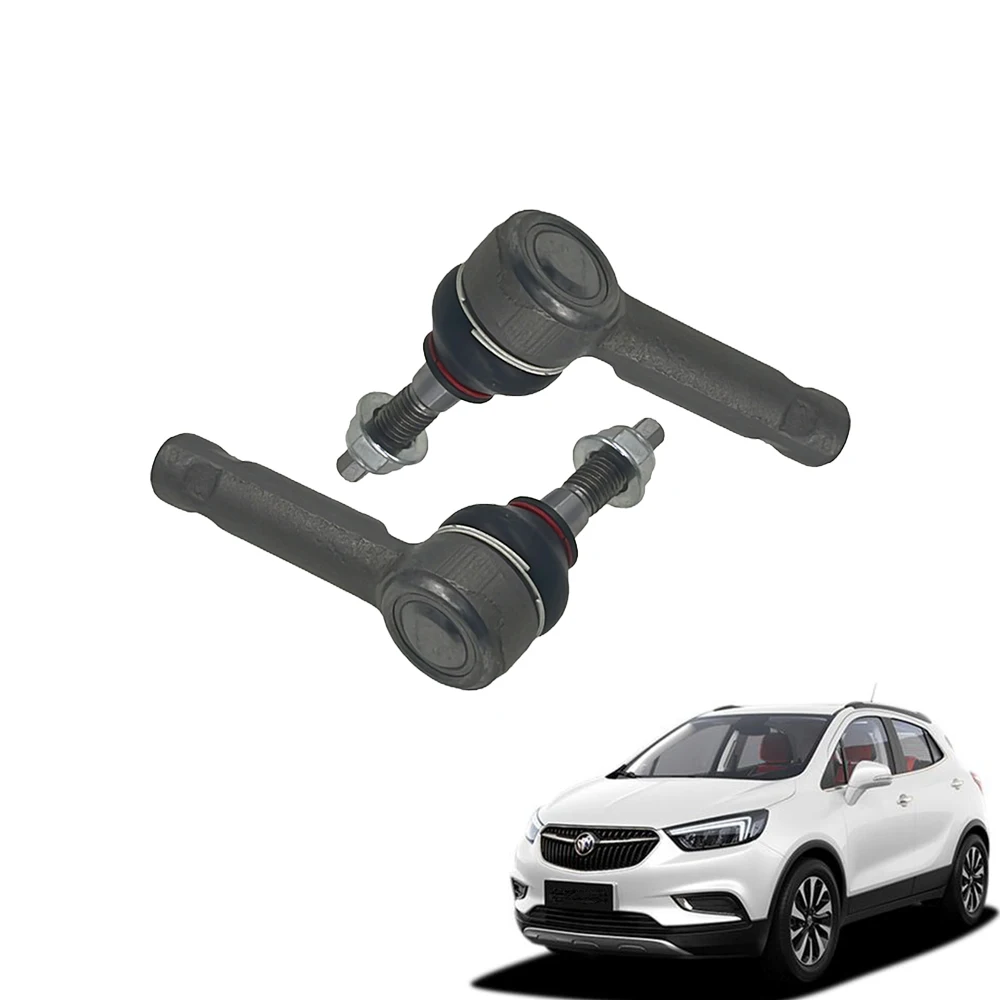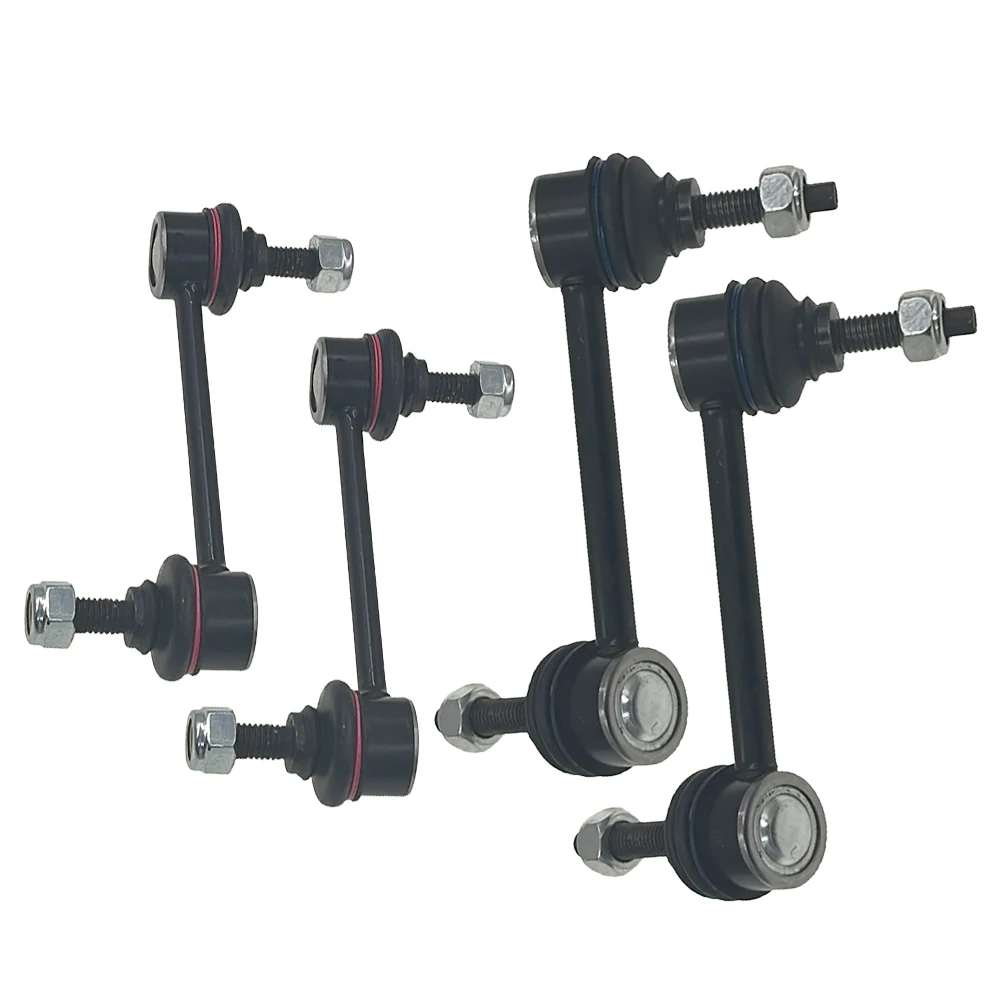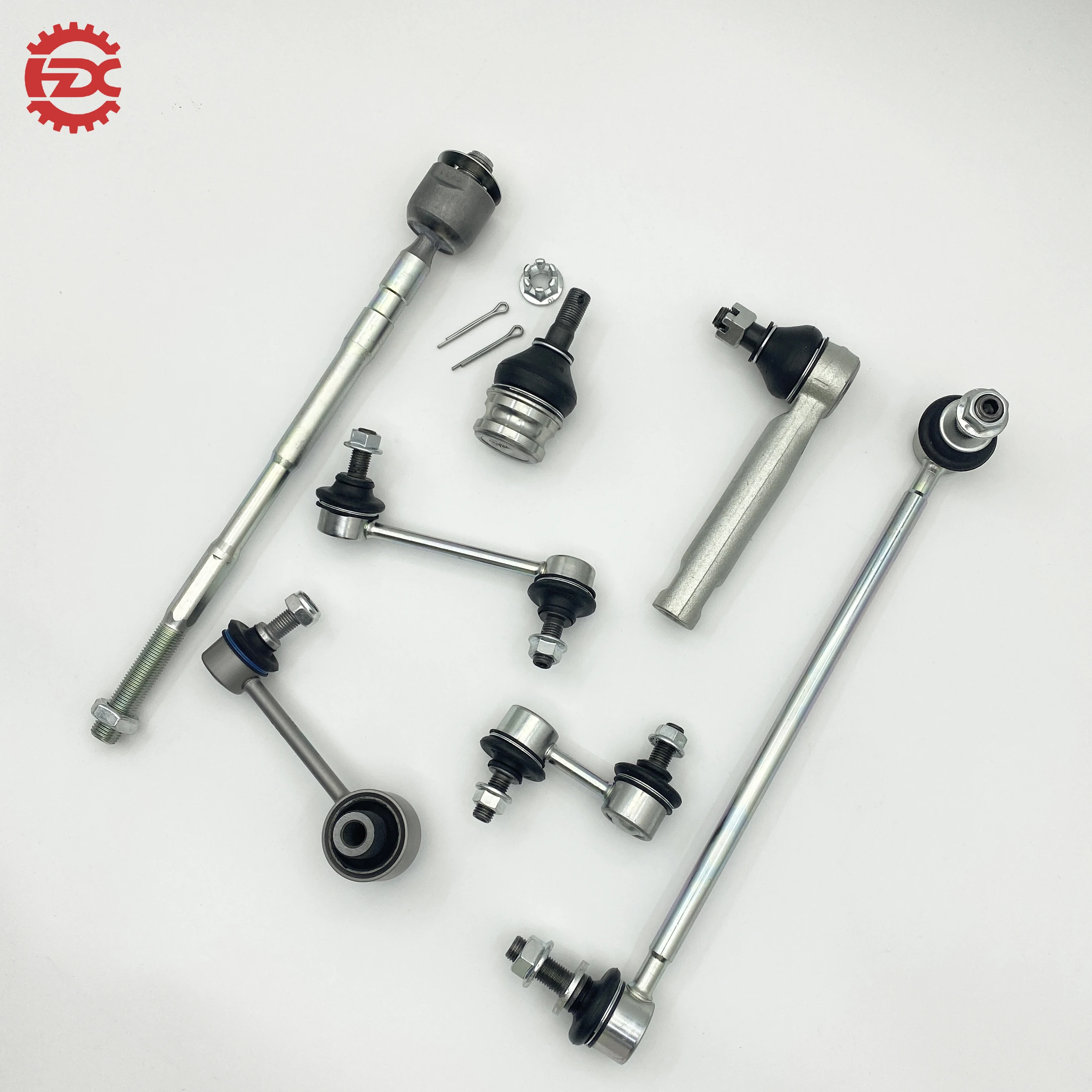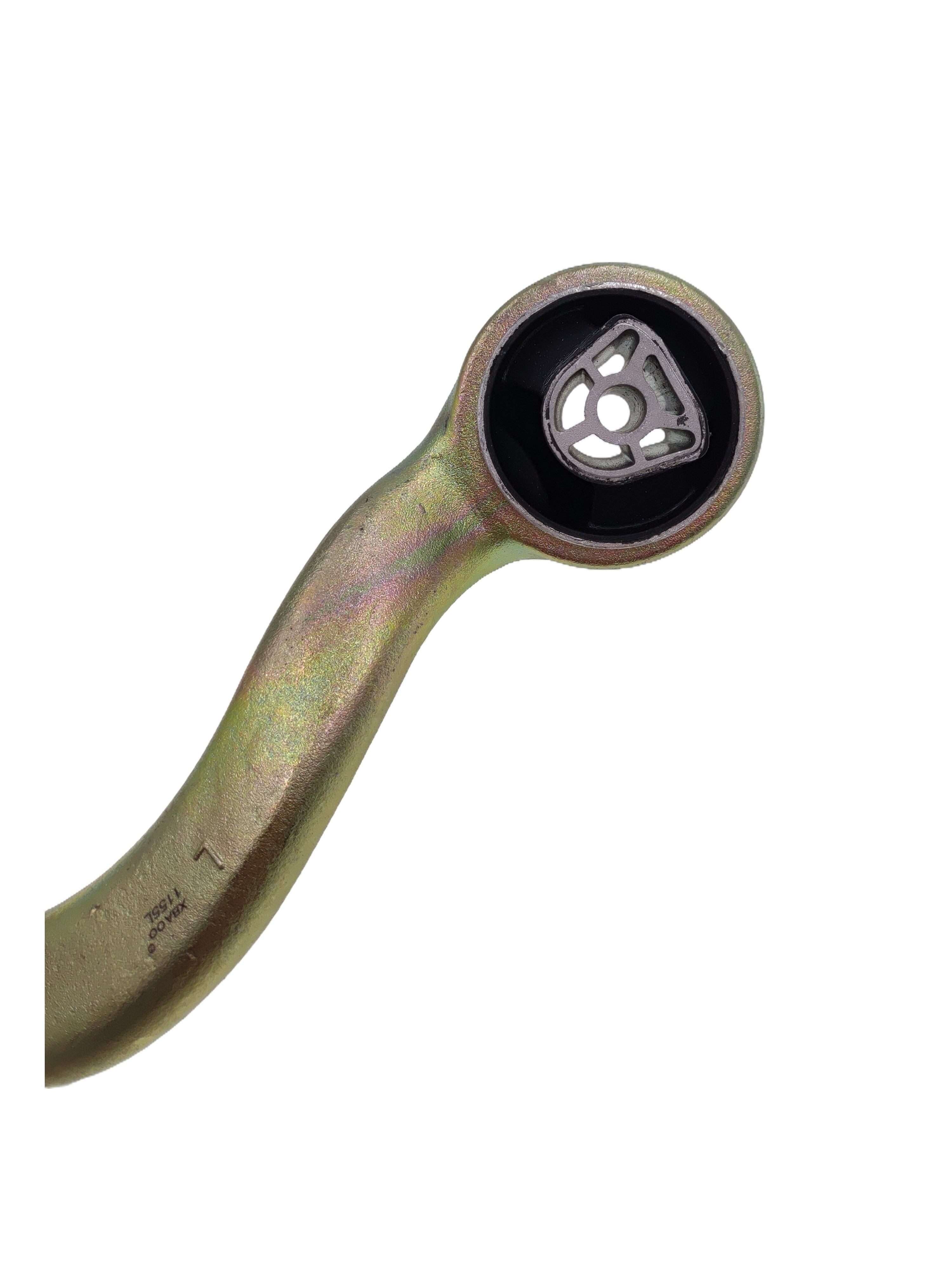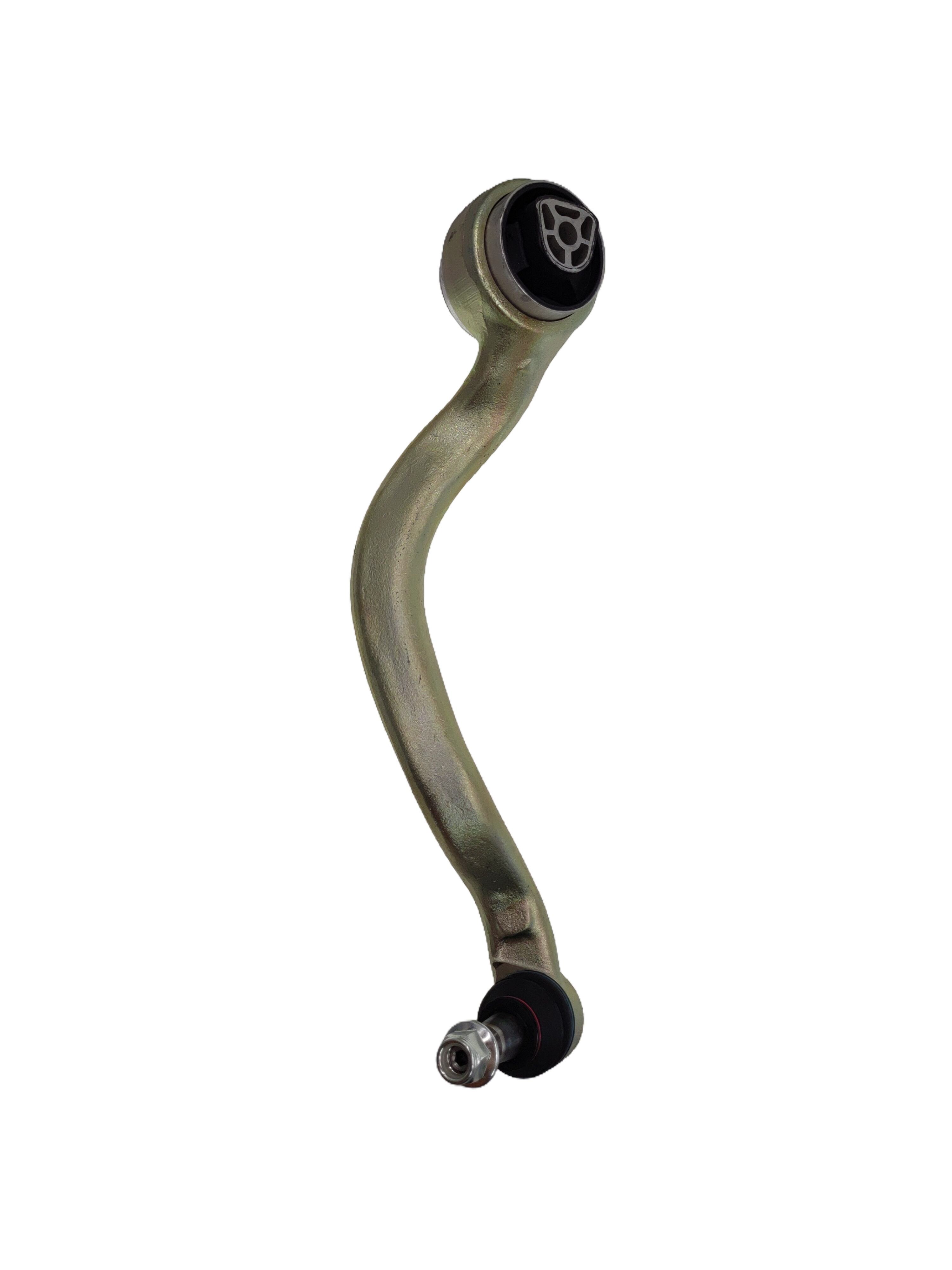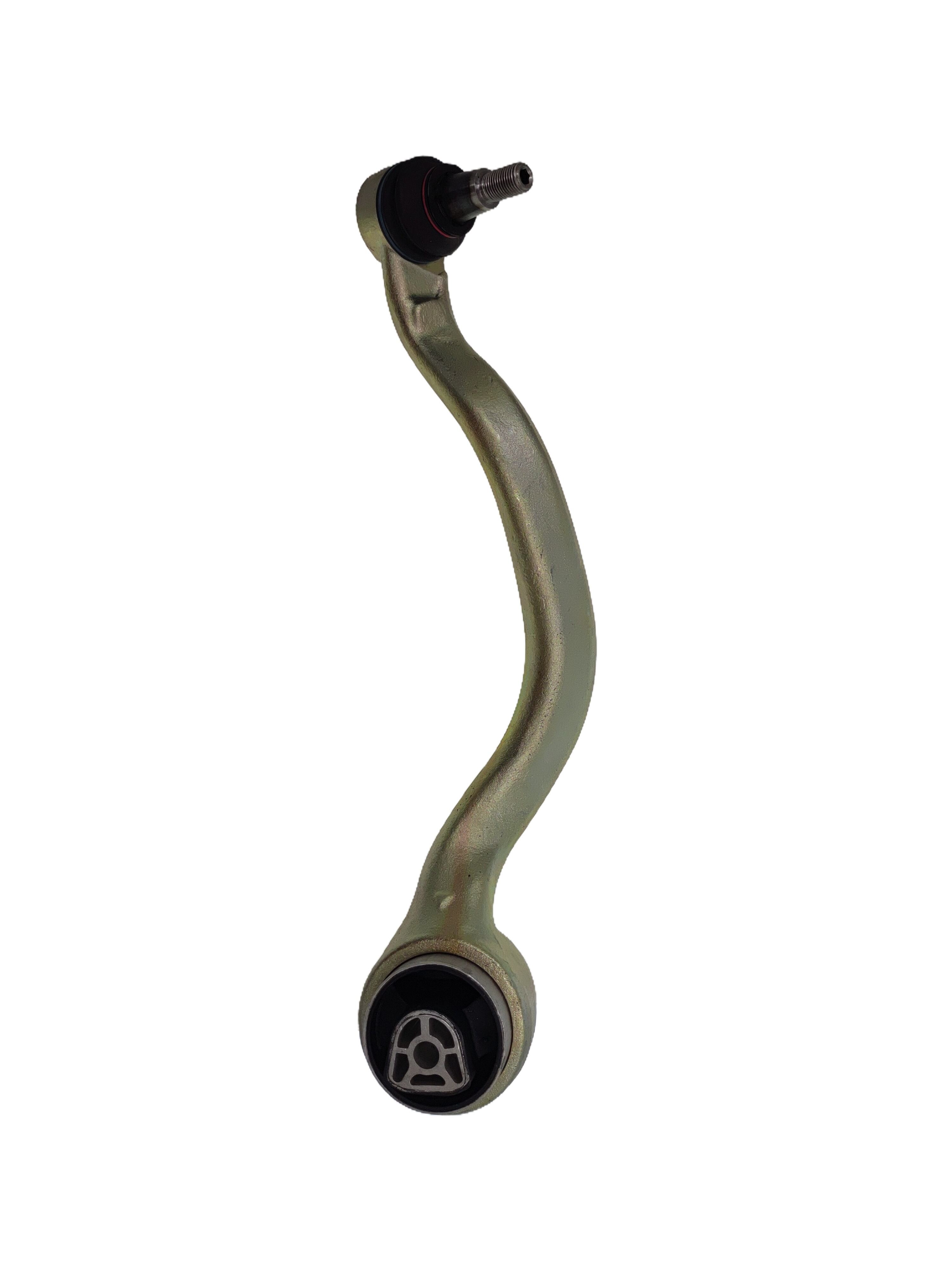Cost-Effective Quality Assurance
The current lower control arm pricing structure emphasizes the balance between cost-effectiveness and quality assurance. Manufacturers have implemented advanced quality control processes and testing procedures while maintaining competitive price points. This approach ensures that even moderately priced lower control arms meet or exceed industry safety standards and performance requirements. The use of automated manufacturing processes and precision engineering helps reduce production costs without compromising on material quality or structural integrity. Quality assurance measures include extensive stress testing, durability assessments, and compliance with international safety standards, all while maintaining reasonable price points that benefit end-users.

